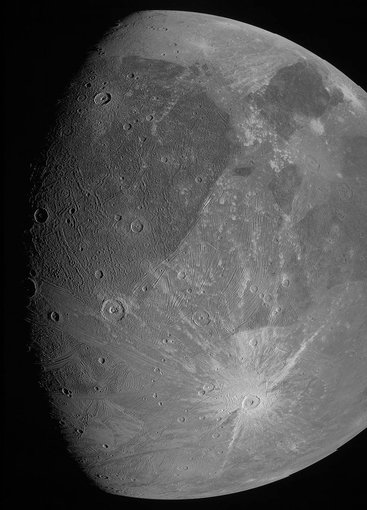
NASA-supported scientists may have solved a long-standing mystery concerning data about the surface of icy worlds in the Solar System.
NASA missions have made fantastic observations of the surface of icy, ocean worlds like Europa. This data has helped scientists understand the surface composition of such bodies and identify compounds like sodium chloride (salt). However, spectral data has also been used to identify an unknown hydrate (a compound combined with water molecules at the chemical level). The new study may help scientists determine what this unidentified hydrate could be.
In recent years, science has expanded our understanding of how sodium chloride can become hydrated. Now, the new paper reports on how the crystalline structure of sodium chloride can incorporate a high amount of water molecules to become hyperhydrated. The research shows that this hyperhydrated version of sodium chloride could be stable in conditions found at the surface of icy moons like Europa and Ganymede. The authors believe that hyperhydrated sodium chloride could be responsible for the spectral signal of the unidentified hydrate on Europa.
The findings are helping to explain data from NASA missions and could have implications in understanding the oceans of icy worlds and their potential habitability.

This image of Ganymede was obtained by the JunoCam imager during Juno’s June 7, 2021, flyby of the icy moon.Image credit: NASA/JPL-Caltech/SwRI/MSSS.
The study, “On the identification of hyperhydrated sodium chloride hydrates, stable at icy moon conditions,” was published in the Proceedings of the National Academy of Sciences.
Related
Table Salt Compound Spotted on Europa (NASA)
Europa’s Mystery Dark Material Could Be Sea Salt
